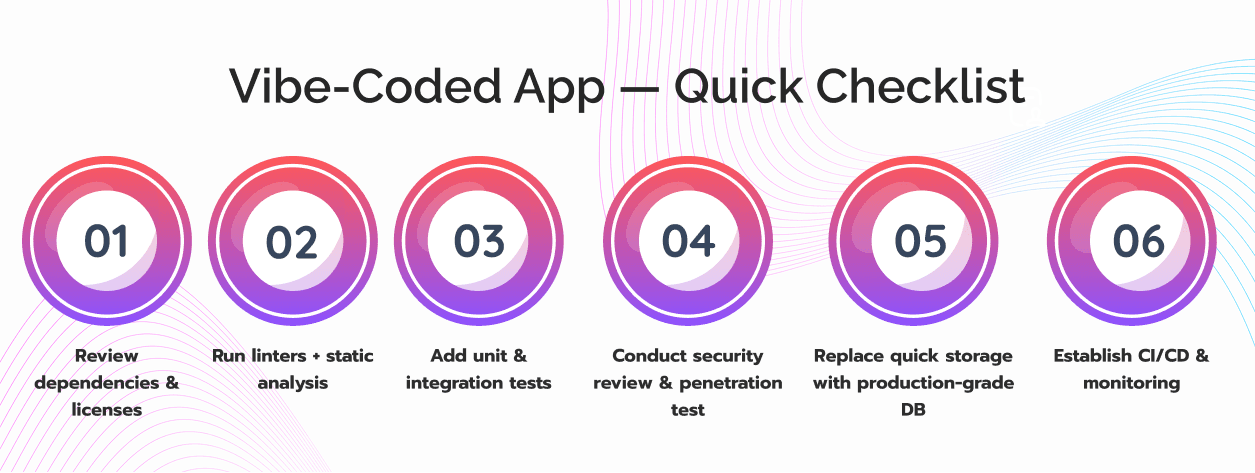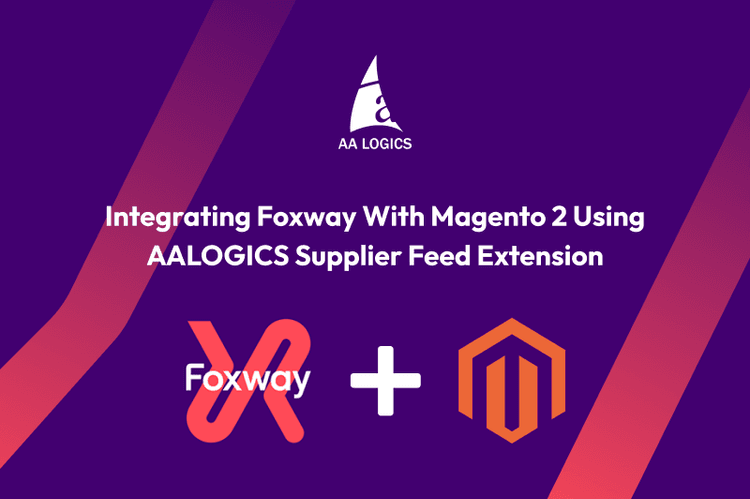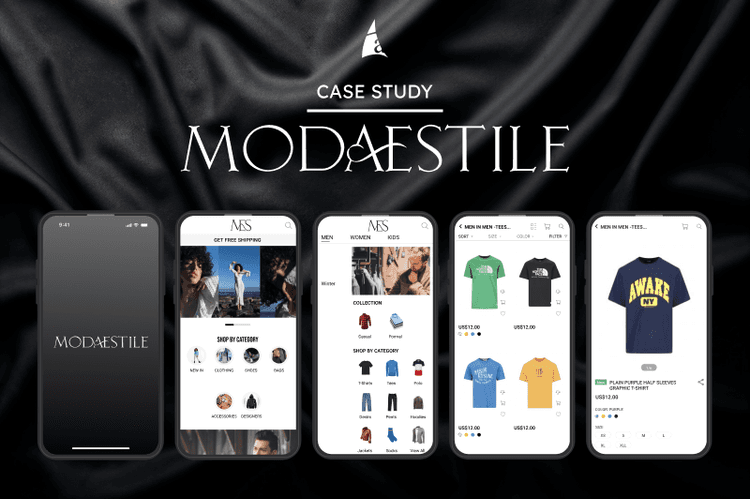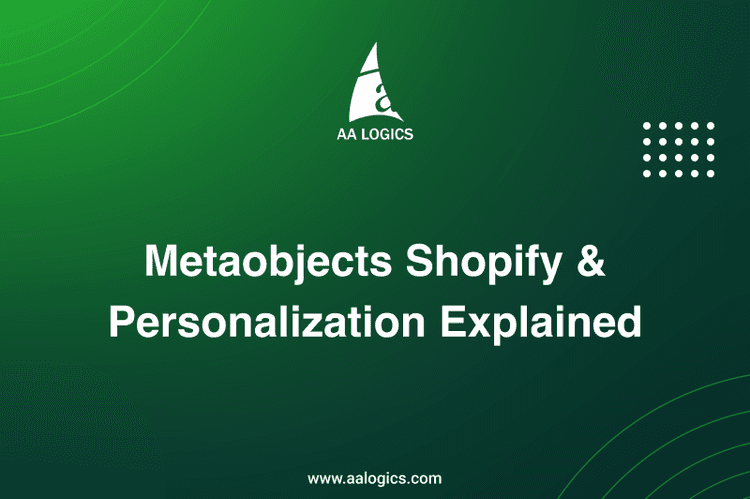Vibe Coding in Mobile App Development: From Prompts to Prototypes

Why Vibe Coding Is The Next Hot Thing In Apps
The mobile-app world is tired of long dev cycles, unclear specs, and bloated MVPs. Vibe coding in mobile app development promises a faster, more creative route: describe what you want in plain language and let AI turn that vibe into working UI and logic. That’s why startups, product teams, and even large engineering orgs are testing AI prompt based app development workflows — to iterate faster, test ideas cheaply, and move from idea → prototype in hours, not weeks.
In this guide you’ll learn what is vibe coding in app development, the real advantages of vibe coding in mobile apps, the challenges of vibe coding, practical tools (yes — tools like Cursor, Lovable for vibe coding), and step-by-step how to use vibe coding for Android and iOS MVPs. We’ll use a pain → problem → solution structure so you can quickly apply this to your next project.
What Is Vibe Coding?
Vibe coding is an emergent workflow where developers and non-developers use natural-language prompts and AI models (LLMs for mobile app prototyping) to generate app code, UI mockups, or working prototypes. Instead of writing every line, you give the system a vibe — a short directive like “create a minimalist grocery-list app with offline sync and a green brand palette” — and the AI returns components, screens, navigation, or even a runnable project scaffold.
Quick take: Vibe coding = human intent (the vibe) + AI code generation = faster prototypes and iterated apps.
Why Vibe Coding Matters For Mobile Apps
Pain → Problem → Solution

- Pain: Product teams waste weeks on initial scaffolding and hand-offs between designers and devs.
- Problem: Slow iteration prevents rapid validation of user needs.
- Solution: Vibe coding reduces scaffold time — you can build mobile apps by prompts and get a clickable prototype fast.
- Pain: Hiring specialized devs for every small experiment is expensive.
- Problem: Resource allocation is inefficient for early-stage ideas.
- Solution: Use vibe coding tools for developers to create a mobile app MVP via vibe coding, then scale with engineers only if the idea validates.
- Pain: Miscommunication between product, design, and engineering.
- Problem: Deliverables often don’t match the original concept.
- Solution: Prompt-driven design tightens intent — prompts become a spec that produced code, reducing hand-off gaps.
Advantages vs. Challenges
Key Advantages Of Vibe Coding In Mobile Apps

- Speed: Prototype and test in hours, not days.
- Cost-efficiency: Lower early-stage development costs; cheaper MVPs.
- Creativity: Non-dev stakeholders can iterate with best prompt examples for mobile apps.
- Consistency: Lower early-stage development costs; cheaper MVPs.
- New tooling: Non-dev stakeholders can iterate with best prompt examples for mobile apps.
Real Challenges Of Vibe Coding
- Code quality & maintainability: The behavior of AI-generated app code can be unpredictable; refactors may be needed.
- Quality & testing in vibe coded apps: Automated unit and integration tests are often missing and require human effort.
- Human oversight in AI-driven app dev: You must review and secure generated code.
- Ethical issues in AI app generation: IP provenance, hallucinated libraries, and licensing concerns.
- Platform quirks: How to vibe code an Android app vs how to vibe code for iOS development — generated code may need platform-specific adjustments.
- Hidden complexity AI can abstract away complexity, but that complexity still exists for production-ready releases.
Tools & Platforms: Who’s Building The Vibe-Coding Stack?
There’s a growing ecosystem. Some notable items:
- Lovable — design-to-code and prompt-based UI generation (example of tools that translate prompts into screen components).
- LLMs for mobile app prototyping — large models adapted for UI + logic generation.
- Design system connectors — tools that map prompts to your brand’s components.
- Integrated IDE plug-ins — enable in-place prompt-driven component generation.
Tip: Try a combination — design prompts (for UI), code prompts (for logic), and test prompts (for generating basic unit tests). Using tools like Cursor, Lovable for vibe coding together gives the best balance of speed and control.
Real-World Use Cases: Where Vibe Coding Actually Shines
- Startups building initial MVPs: Rapidly validate product-market fit by creating a mobile app MVP via vibe coding.
- Internal prototypes: Product teams can prototype features in hours to demo to stakeholders.
- Design-driven workshops: Designers can use vibe coding to test multiple UIs and designing UI using vibe coding tools.
- Enterprise sandboxing: Large companies use LLMs for internal tools prototypes before investing in full engineering.
- Case studies vibe coding apps: Early adopters report 2–5× faster iteration times for prototypes (note: corroborate with vendor case studies when evaluating for production).
Comparison: Vibe Coding vs Traditional Coding
Core Differences
- Input method: Traditional = explicit code; Vibe = prompts + AI suggestions.
- Speed: Vibe is faster for prototypes; traditional is more predictable for production.
- Control: Traditional offers fine-grained control; vibe coding delegates heavy lifting to models.
- Skillset: Vibe empowers product people and designers; traditional coding requires engineers.
When To Use Which
- Use vibe coding: for ideation, prototype, and MVPs.
- Use traditional coding: for production-ready apps where scale, reliability, and compliance matter.
Remember: Most teams adopt a hybrid approach — start with vibe coding for fast validation, then migrate validated features to conventional engineering for hardening.
How to Vibe Code Android & iOS Apps
Here’s a practical, repeatable workflow that covers both platforms.

Step 1: Define Your Vibe
- Start with a short, clear prompt: “Create a grocery-list Android app MVP with sign-in via email, offline storage, add/edit/delete items, and a simple green UI.”
- Use best prompt examples for mobile apps: include platform (Android/iOS), features, auth, data storage, and a style note.
Step 2: Use The Right Tool
- For quick UI: use a tool that maps prompts to components (Lovable-style).
- For code scaffolding and logic: use Cursor-like assistants integrated in your IDE.
Step 3: Generate & Iterate
- Generate a screen or component: Run it locally in the emulator/simulator.
- Iterate prompts: refine colors, navigation, or storage behavior.
Step 4: Add Platform-Specific Tweaks
- How to vibe code an Android app: request Android Jetpack-compliant components, Kotlin fragments, and manifest entries in your prompt.
- How to vibe code for iOS development: request SwiftUI components, iOS lifecycle handling, and iOS-specific permissions.
Step 5: Test & Secure
- Ask the model to generate test scaffolding: unit tests and simple integration tests.
- Manually review generated dependencies, license files, and third-party modules.
Step 6: Harden For Production
- Replace quick-and-dirty generated storage with robust solutions (SQLite, Room, CoreData).
- Introduce CI/CD, code reviews, and devops — vibe coding accelerates the early stages; production requires traditional engineering practices.
After the prototype validates the idea, many teams need help moving from prototype to production. Consider partnering with experts — Hire Mobile App Developers at AALogics to refactor, secure, and scale your vibe-coded MVP into a production-ready app.
Let’s Build Today
Quality, Testing, & Human Oversight
Quality & testing in vibe coded apps is non-negotiable. AI can produce working code, but it can also introduce subtle bugs or insecure patterns.
- Policy: Always run static analysis and linters.
- Testing: Generate unit and UI tests via prompts, but validate them manually.
- Review: Peer code review must remain in the workflow.
- Behavior checks: Watch for oddities in the behavior of AI-generated app code — e.g., memory leaks, missing cleanup, or incorrect permission handling.
Ethical & Security Concerns
AI tools raise ethical issues in AI app generation:
- IP & licensing: Did the model copy a proprietary snippet? Validate licenses.
- Bias & privacy: Generated UX flows must respect privacy-by-design.
- Security vulnerabilities: Attack surface might increase if generated code mishandles auth or input.
- Transparency: Keep logs of prompts and AI outputs as part of your audit trail.
Human oversight in AI-driven app dev is the guardrail — AI speeds creation, but humans ensure safety and compliance.
Future Outlook — AI + Mobile Apps + Developers’ Role
The future of app development with AI looks collaborative:
- Developers become architects: Focus shifts from writing boilerplate to reviewing, composing prompts, and integrating systems.
- Higher-level primitives: LLMs and specialized models will offer better LLMs for mobile app prototyping producing more production-ready code.
- Tool maturation: Expect robust vibe coding tools for developers, improved test generation, and tighter IDE integration.
- New workflows: Hybrid teams—product, design, and engineering—will co-author apps via prompts and small handoffs.
In short, vibe coding doesn’t replace developers; it amplifies them.
Tools & Resources Quick List
The future of app development with AI looks collaborative:
- Cursor — in-editor AI coding assistant.
- Lovable — prompt-to-UI generator (and similar tools).
- Prompt libraries — curated best prompt examples for mobile apps.
- Testing bots — auto-generate unit/UI tests.
- Design system connectors — map prompts to your brand.
Quick checklist — Before You Ship a Vibe-Coded App
- Review generated dependencies & licenses
- Run linters and static analysis
- Add unit and integration tests
- Conduct a security review & penetration test
- Replace quick storage with production-grade solutions
- Establish CI/CD and monitoring
Conclusion
Vibe coding mobile app development is not a silver bullet — but it is a powerful accelerator for ideation, prototyping, and MVP validation. Use it to move faster, test more ideas, and reduce early costs; pair it with human engineers for production quality and security.
If you’ve validated an idea with vibe coding and want help turning that prototype into a scalable, secure mobile product, our team can help. Hire Mobile App Developers at AALogics to refactor, harden, and bring your app to market.
Get Started For Free
Frequently Asked Questions
What is vibe coding in app development?
Vibe coding is using natural-language prompts and AI models to generate UI, scaffolding, and code for apps, turning a concept or "vibe" into a working prototype. Why it matters: speeds prototyping and lowers early-stage costs.
Can I build mobile apps by prompts only?
You can build prototypes and MVPs by prompts, but production-ready apps typically need human developers for hardening, testing, and security.
What are the advantages of vibe coding in mobile apps?
Faster iteration, lower early costs, and better cross-disciplinary collaboration between product, design, and engineering.
What are the challenges of vibe coding?
Unpredictable code quality, incomplete tests, IP/licensing risks, and the need for human oversight for security and production stability.
Which tools support vibe coding?
Tools include Cursor (editor AI), Lovable (prompt-to-UI), and various LLMs adapted for app prototyping.
How do I vibe code an Android app?
Use prompts specifying Android (Kotlin, Jetpack, Room) and iterate in an emulator. Validate manifest, permissions, and lifecycle handling manually.
How do I vibe code for iOS development?
Request SwiftUI or UIKit components in your prompt, test in Xcode simulator, and review platform-specific APIs like permissions and background tasks.
Are vibe coded apps secure?
Not by default. Security must be added by humans — run static analysis, dependency checks, and penetration testing before releasing.
What’s the future of app development with AI?
A hybrid world: prompt-driven prototyping and human-led production. Developers evolve into system integrators and product architects.
Where can I find the best prompt examples for mobile apps?
Look for curated prompt libraries, vendor docs from tools like Cursor/Lovable, and community repos on GitHub and design forums.
Featured Articles

Magento 2 Product Import Guide: Integrating Foxway with Magento 2 Using AALOGICS Supplier Feed Extension
Read More
How Modaestile Launched a Fully Functional Mobile App in Record Time — Without Expensive Custom Development
Read More
What’s Changing in Digital Marketing Right Now — And How Smart Brands Are Adapting
Read More
How Riazone Transformed Its Slow Magento Storefront Into a Lightning-Fast Graph Commerce Experience — In Record Time
Read More